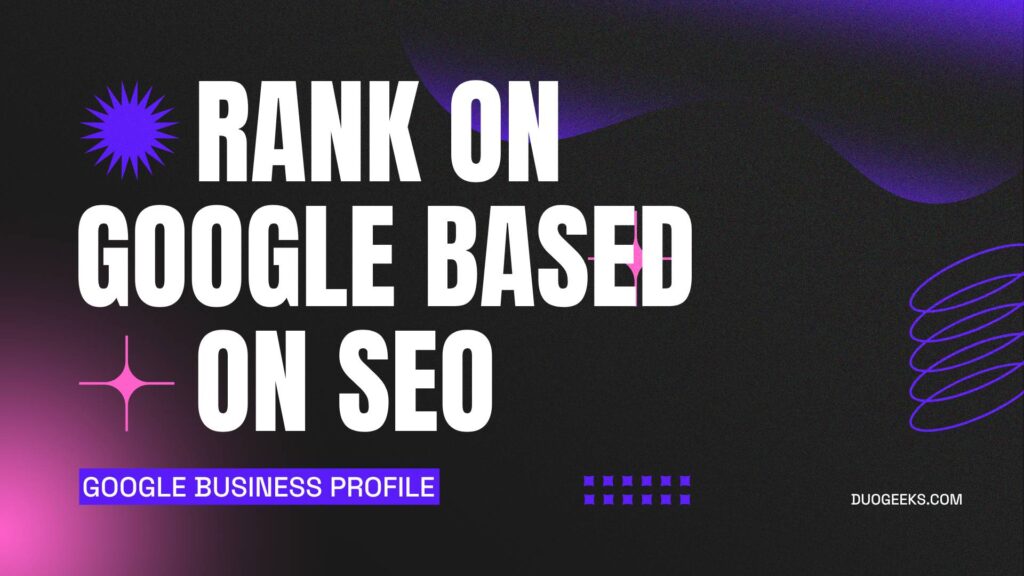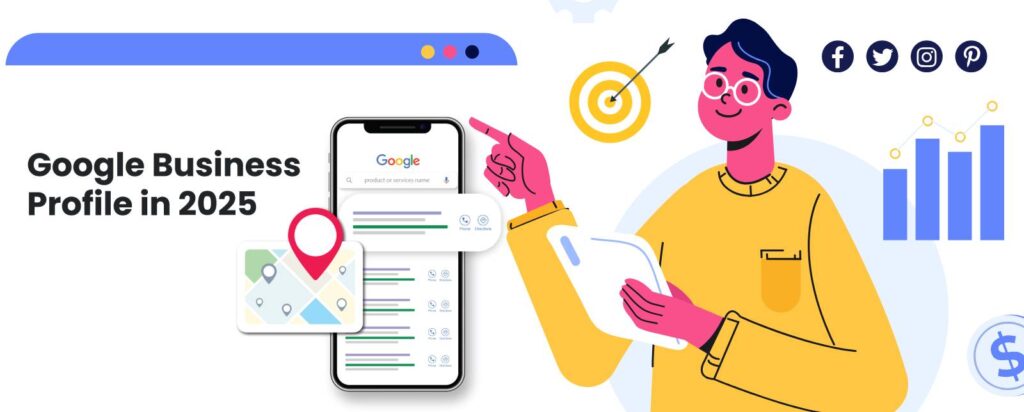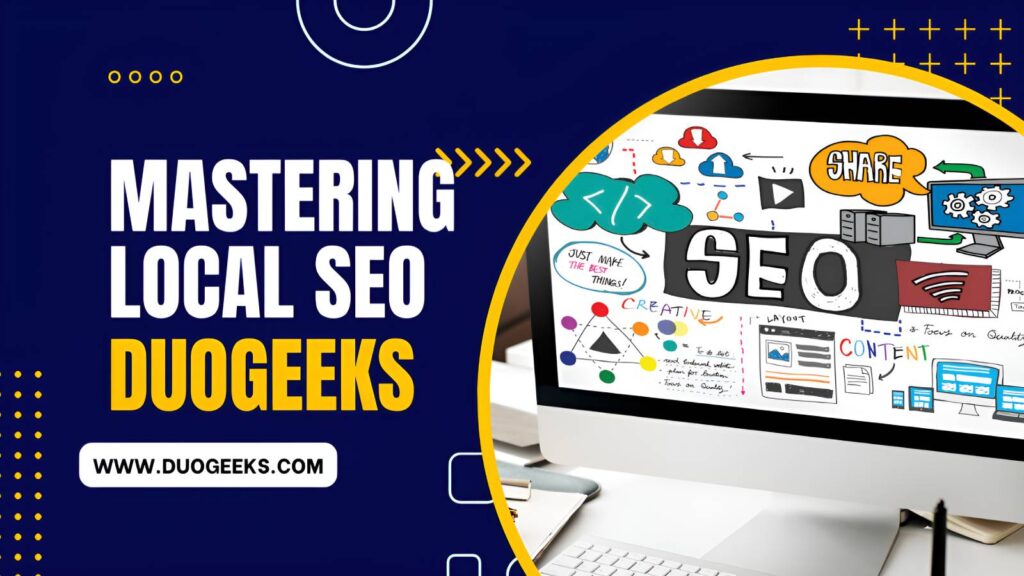Are you struggling to get your content to rank on Google? You’re not alone! Many bloggers and content creators face this challenge. In this guide, we will explore a straightforward method for creating SEO-friendly content that not only attracts readers but also ranks high on search engines. Let’s dive into the essential steps you need to follow to optimize your content for SEO.
Step 1: Choose a Topic
The first step in creating SEO content is to select a relevant topic. If you already have a topic in mind, great! If not, consider using AI tools that can generate topic ideas based on your niche. For instance, if your blog focuses on fitness, entering “Fitness” into an AI tool can yield various blog ideas like “Fitness Tips for Beginners” or “Home Workouts.”
Step 2: Find Long-tail Keywords
Once you’ve chosen a topic, the next step is to identify long-tail keywords. Long-tail keywords are phrases that typically consist of three or more words and are often less competitive. For example, instead of targeting the keyword “SEO,” you might target “how to do SEO optimization for a new blog.” This approach can make it easier to rank in search results. Use keyword research tools to find relevant long-tail keywords related to your topic.
Step 3: Analyze Search Volume
Understanding how many people are searching for your selected keywords is crucial. Use tools like Google Keyword Planner to analyze search volume. By pasting your long-tail keywords into the tool, you can see which keywords have good search traffic and choose the best one for your blog post.
Step 4: Determine the Type of Content
Next, you need to decide what type of content to create. The main types that rank well on Google include blog posts, product pages, category pages, and landing pages. To determine the best format for your topic, look at the top-ranking results in Google for your selected keyword. If most of them are blog posts, then you should create a blog post as well.
Step 5: Create an Engaging Headline
Your headline is your first chance to attract readers. A well-optimized headline can significantly improve your click-through rate. Make sure your headline is attractive, concise, and relevant to your content. You can use headline formulas or tools like GravityWrite to help generate compelling headlines. Examples might include “How to Craft a Healthy Diet Plan” or “Seven Proven Ways to Maintain a Healthy Diet.”
Step 6: Develop a Content Outline
Creating an outline is a vital step in structuring your blog post. A clear outline helps keep your writing organized and makes it easier for readers to follow. You can analyze the structure of top-ranking blog posts or use tools like GravityWrite to generate an outline based on your headline.
Step 7: Write a Captivating Introduction
The introduction of your blog post is critical. It should hook the reader immediately, explain why the topic is important, and give a preview of what the content will cover. A helpful formula to follow is the A-P formula: Agree with the reader, Promise results, and Preview the content.
Step 8: Create the Blog Content
Now comes the writing phase! When creating your blog content, ensure you provide valuable and engaging information that meets the promises made in the introduction. Organize your content with clear headings and subheadings, and consider using bullet points for better readability. Adding relevant images can also enhance the visual appeal of your blog post.
Step 9: Enhance with Images
Visual content is essential for keeping readers engaged. Use free stock image websites like Pexels, Pixabay, or Unsplash to find high-quality images that complement your content. If you can’t find what you need, consider using tools like Ideogram to generate specific images based on your descriptions.
Step 10: Publish Your Blog Post
Once you have your headline, introduction, content, and images ready, it’s time to publish your blog post. Make sure to review everything before going live. Once published, you can promote your blog through social media and other channels to attract more visitors.
Conclusion
Creating SEO content that ranks on Google involves a series of well-defined steps. By following these steps—from choosing a topic and finding long-tail keywords to crafting engaging headlines and content—you can improve your chances of ranking higher in search results. With practice and persistence, your content can reach the audience it deserves!
FAQ
What are long-tail keywords?
Long-tail keywords are phrases that typically contain three or more words. They are often less competitive and can make it easier to rank in search results.
How can I find the right keywords?
Use keyword research tools like Google Keyword Planner to analyze search volume and competition for various keywords related to your topic.
Why is a good headline important?
A compelling headline can attract more clicks and improve your content’s visibility on search engines.
What types of content rank well on Google?
Blog posts, product pages, category pages, and landing pages are the main types that tend to rank well.
How can I make my blog visually appealing?
Use relevant images, bullet points, and clear headings to enhance the readability and visual appeal of your blog post.



